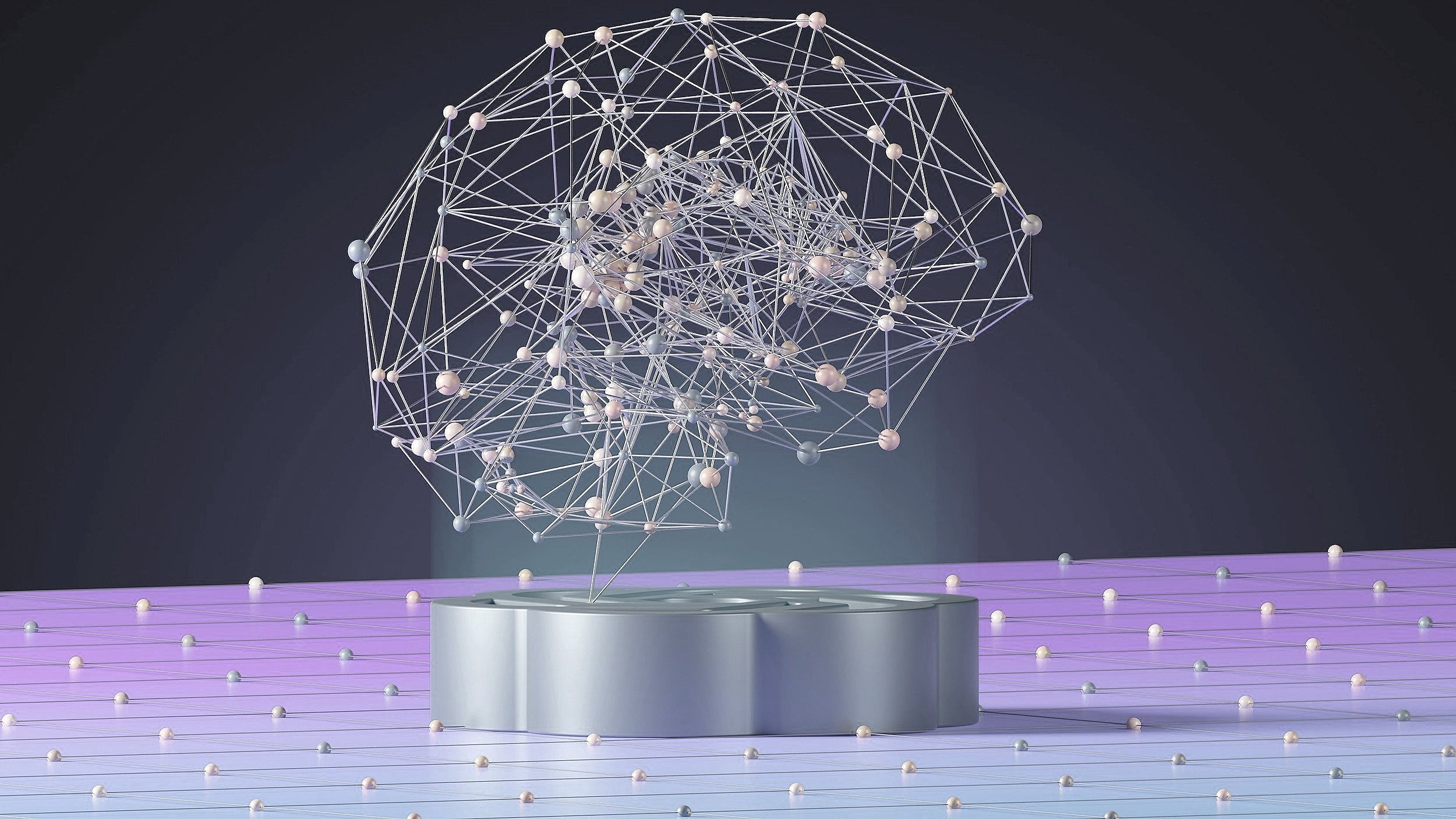Brainspotting Therapy™ (BSP) is a powerful and focused treatment that combines elements of neuroscience and somatic therapy. It is a therapeutic process that uses specific points in your visual field to access unprocessed issues or traumas in the subcortical brain. BSP uses relevant eye positions, somatic awareness, focused mindfulness and the therapist’s attunement to release and resolve a wide range of cognitive, emotional and physical challenges. This powerful therapy bypasses the verbal, cognitive aspects of the brain so that deeply held issues can come to a state of healing and resolution.
Often brainspotting is used in conjunction with bilateral music, sounds or nature sounds which alternate back and forth between your left and right ears. This helps to balance the activation of the right and left brain hemispheres and activates the calming, or parasympathetic, part of your nervous system. This bilateral stimulation often deepens the therapeutic process and can lead to accelerated positive outcomes.
Brainspotting therapy was developed in 2003 by Dr David Grand, an EMDR therapist and relational analyst. There are now over 12,500 BSP therapists trained over six continents, with about 50 trainers worldwide. In Canada, the number of brainspotting therapists is starting to grow.
Brainspotting Therapy uses the brain’s and body’s natural ability to self-scan and to self-heal, or move back to a state of equilibrium. When a brainspot is activated, the deep brain appears to reflexively signal the therapist that a neural network holding unprocessed trauma has been found.
Trauma can be processed while connecting to either distressed or calm areas within the body. BSP Therapy can allow the client to move quickly through processing of the trauma in a contained and supported way. Because the processing occurs mostly in the subcortical brain, this may happen with less talking than in traditional talk therapy. It is common for clients to experience both rapid relief of distress and profound insights.
Interested in a brainspotting session?




